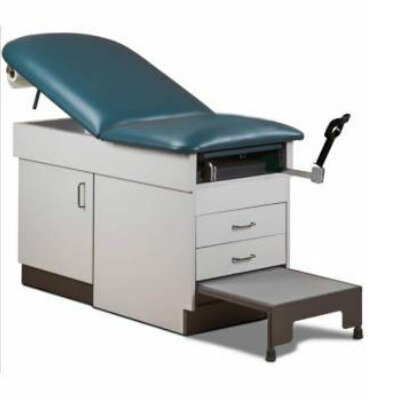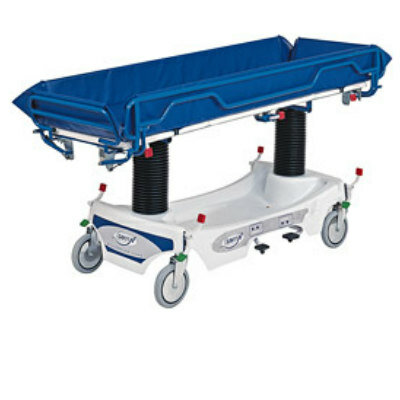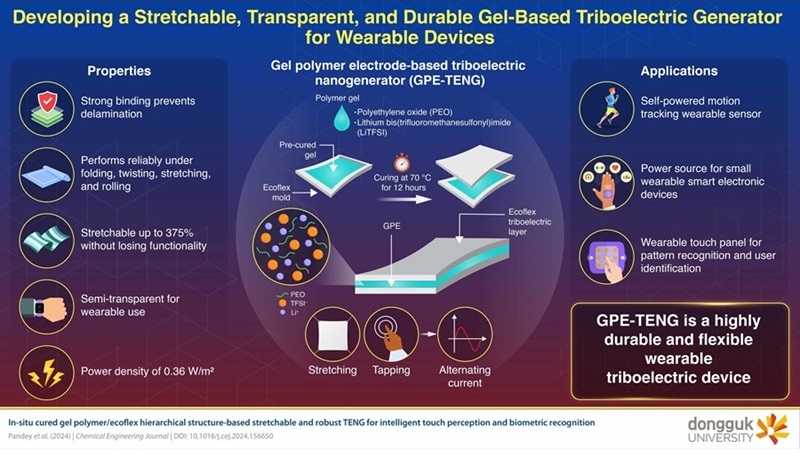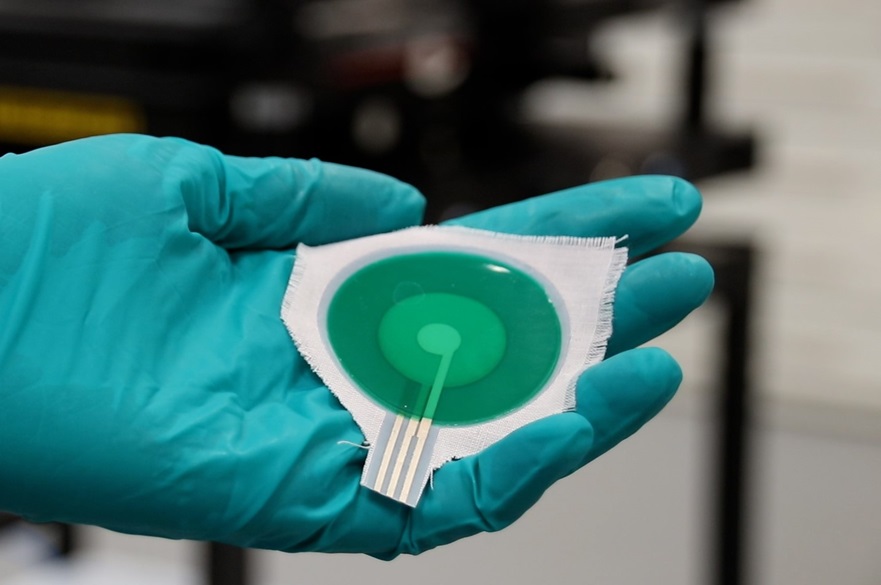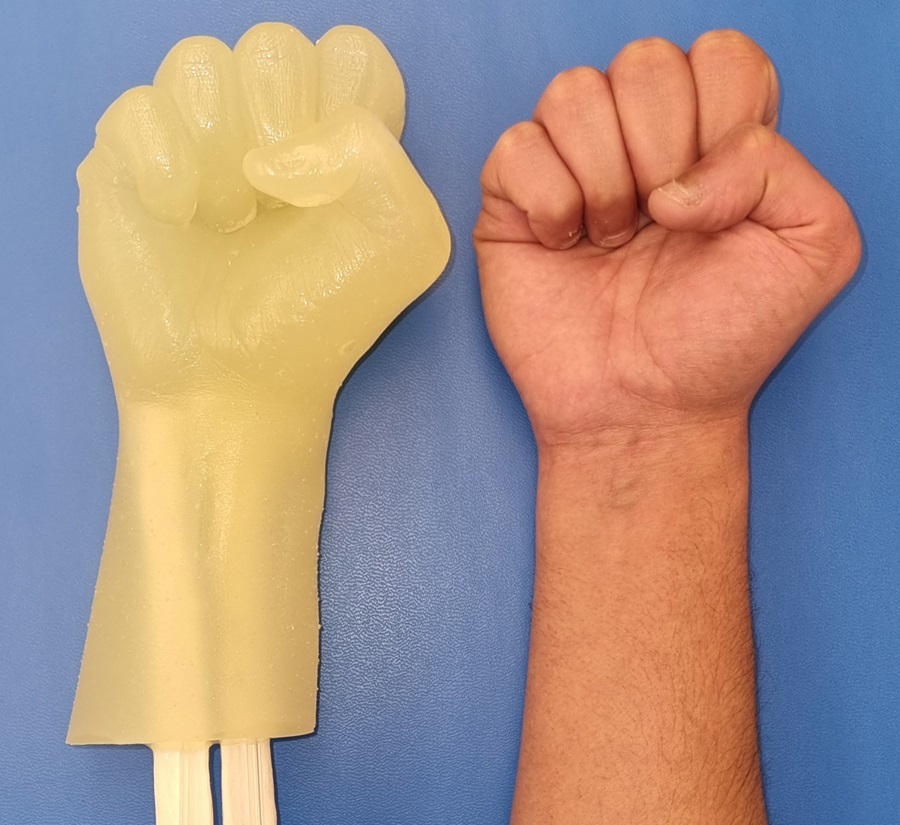Transcatheter Valve Replacement Outcomes Similar To Surgery, Finds Study
Posted on 21 May 2024
A new study has shown that a minimally invasive procedure for replacing the aortic valve in the heart—known as transcatheter aortic valve replacement (TAVR)—is on par with the more traditional surgical aortic valve replacement (SAVR).
In a meta-analysis conducted by researchers at the University of Sassari (Sassari, Italy), they evaluated seven randomized trials involving 7,785 patients who underwent TAVR—a procedure that introduces a new aortic valve via a catheter—or SAVR for severe aortic stenosis. The findings revealed no significant differences in the rates of death or disabling stroke between the TAVR and SAVR groups, with both showing similar long-term mortality risks. These results held true across various surgical risk profiles, including low, intermediate, and high risk. However, compared to SAVR, TAVR was linked to a higher likelihood of requiring a pacemaker and experiencing moderate-to-severe paravalvular leaks.
.jpeg)
Furthermore, the study conducted a prespecified analysis comparing the outcomes associated with two different types of TAVR devices against SAVR. This analysis found that, relative to SAVR, self-expanding TAVR prostheses had a lower risk of death or stroke, valve thrombosis, and valve gradients, but a higher rate of pacemaker implantation compared to balloon-expandable TAVR devices, underscoring potential long-term differences between these two percutaneous TAVR options.
“This study represents the largest scale analysis so far available comparing longer-term percutaneous devices for aortic valve replacement versus surgery,” said study coauthor Eliano Pio Navarese, MD, PhD, head of clinical experimental cardiology and associate professor at the University of Sassari. “Our findings support the comparable long-term safety and efficacy of TAVR, as well as raise important considerations for valve type selection, particularly when we are dealing with longer-term valve durability and pacemaker implantation.”
Related Links:
University of Sassari








